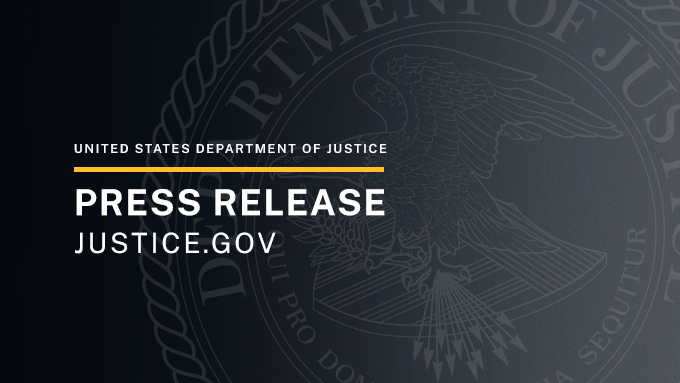

Could you tell us why you want to adjust the difficulty? Do you want to give a bit less cpu resources to your miner?
One thing you can do is have a look at the gupax files and see if you find a JSON configuration file for xmrig. Then you can adapt it as you wish.
For your second goal, it’s actually achievable. Are you familiar with rust? If not, have a look at this page https://rust-lang.org/learn/get-started/
You will do the rust install, and then you only need to do cargo build and cargo run.
I would suggest to follow a rust quickstart tutorial first. It won’t take long, and after that, what you need to do will be clearer.



It looks like a generic warning message that appears for all commands if the daemon is not connected.
Is the wallet generated correctly in the end?